In order to realize this goal, recently, the Politburo and the Secretariat have assigned the Ministry of Culture, Sports and Tourism to preside over the development of the Project to Promote International Cultural Integration. The goal is not only to strengthen the national cultural strength, but also to affirm the image and spirit of Vietnam in the international arena and contribute to the process of human cultural development.
From practical requirements to policy making foundation
Vietnam is a country with a rich culture and its own set of values, which has never been assimilated despite many historical changes.
However, in the global era, mere preservation is not enough. Cultural identity needs to be developed on the basis of selective integration, absorbing the quintessence of humanity to enrich endogenous cultural capital and at the same time spread the unique values of the nation to the world .
To realize this orientation in a scientific and systematic way, it is necessary to develop a set of criteria to evaluate the two-way impact of culture in the integration process.
This will be a quantitative and qualitative tool to support the development of a comprehensive policy framework, set specific goals and design effective solutions to spread Vietnamese culture to the world and proactively absorb international influences.
 |
Vietnam is a country rich in cultural identity. (Photo: VU LINH) |
In reality, Vietnam is being strongly influenced by international cultural waves, especially from Korea, Japan, China, etc. These influences penetrate deeply into social and cultural life, from cinema, music, fashion to consumer behavior and lifestyle.
Cultural festivals such as "Korea Day", "Cherry Blossom Festival", international exchange programs, tourism fairs, art exhibitions, etc. become important bridges, promoting mutual understanding and enriching people's spiritual life.
On the contrary, Vietnamese cultural elements such as cuisine, folk art, UNESCO-recognized heritage, traditional costumes, etc. are also present in many countries, but there is still a lack of tools to effectively assess their impact, level of spread, or ability to shape the cultural perception of the international public.
Recently, Vietnam has promoted activities to promote culture, tourism, agricultural products and creative products abroad through world exhibitions EXPO, Vietnamese Cultural Weeks abroad, Vietnam National Day in other countries, international festivals and celebrations... These activities contribute to bringing the image of Vietnamese people and culture to international friends.
 |
| Vietnam actively promotes tourism through international exchange activities. (Photo: VU LINH) |
However, these activities lack systematic coordination, monitoring mechanisms, media surveys, and feedback to adjust appropriate content. This makes it difficult to prioritize policy planning, select investment areas, and control the influence of foreign values, especially for young people, who are an easily influenced group.
Compared to our potential, we do not have a strong enough ecosystem to support, lack measurement mechanisms, specific indicators, quantitative reports on communication effectiveness and the ability to position Vietnam's image in the international arena.
Criteria set – the foundation of policy planning strategy
In the digital age, when geographical boundaries are blurred by technology and cultural exchange takes place rapidly with multidimensional assimilation, "cultural assessment", "identity measurement" or "cultural yardstick" becomes urgent.
Accepting imported values must be accompanied by the ability to appropriately transform them so that those elements can be localized into part of Vietnamese identity.
On the contrary, for Vietnamese culture to conquer the world, a comprehensive strategy with a solid supporting ecosystem is needed, including communication, policy, content creation and cultural diplomacy.
At the conference to contribute ideas to the project, Mr. Vu Manh Hung, Deputy Director of the Social Department - Central Strategy and Policy Committee, emphasized the importance of the set of criteria for assessing two-way impacts in cultural integration.
Accordingly, it is necessary to evaluate not only the level of influence of foreign culture on domestic socio-economic life but also measure the effectiveness of spreading Vietnamese culture internationally.
Some opinions agree on the necessity of having this set of evaluation criteria. Building a set of criteria is an important content to ensure the feasibility, effectiveness and science of the project.
The set of criteria needs to be multidimensional, integrating quantitative and qualitative methods, comprehensively assessing aspects: impact on tastes, cultural consumption behavior, lifestyle; influence on value systems, language, aesthetics; recognition and spread of Vietnamese cultural products in the international market; ability to contribute to tourism, cultural exports, education-communication cooperation; level of reception by region and target group.
 |
Vietnamese cultural identity is being strongly introduced in many countries. (Photo: VU LINH) |
Countries that have succeeded in elevating culture to soft power status have invested in systems to measure its impact. South Korea has been quick to establish statistical indicators to measure the effectiveness of its creative exports, from films and K-pop to cosmetics and fashion.
Japan also focuses on integrating cultural exchange programs with an evaluation system to tailor content to each target market.
What these countries have in common is that they not only have a well-planned strategy, but also possess a synchronous support ecosystem, from policy, innovation to communication and social feedback.
Accepting international culture should not stop at learning or imitating but needs to be "Vietnamized" and transformed to suit traditional values and national interests.
On the contrary, "internationalizing" Vietnamese culture is not just about bringing products to the world spontaneously, but must have a strategy, selection, measurement, and close coordination.
The set of scientific evaluation criteria will be the basis for developing specific action programs, effectively allocating resources, adjusting content to suit each market, and enhancing the ability to spread and connect sustainably.
 |
Spreading the image of Vietnam imbued with national cultural identity. (Photo: VU LINH) |
The Ministry of Culture, Sports and Tourism needs to study and establish the establishment of a set of criteria as a strategic component of the Project to Promote International Cultural Integration. This is not only an assessment tool, but also a foundation for positioning national identity in the context of globalization. When there is a standard measurement system, the project will avoid sentimentality and movements, thereby promoting national soft power in a fundamental and long-term way.
In particular, in the comprehensive development strategy, quantifying culture with indexes, data and analytical tools will not only serve the cultural sector, but also be a valuable resource for the fields of trade, tourism, education and technology, thereby contributing to spreading the values of truth, goodness and beauty, affirming the image of a dynamic, creative and unique Vietnam in the world.
Source: https://nhandan.vn/tac-dong-hai-chieu-trong-hoi-nhap-can-mot-bo-chi-so-van-hoa-quoc-gia-post882028.html


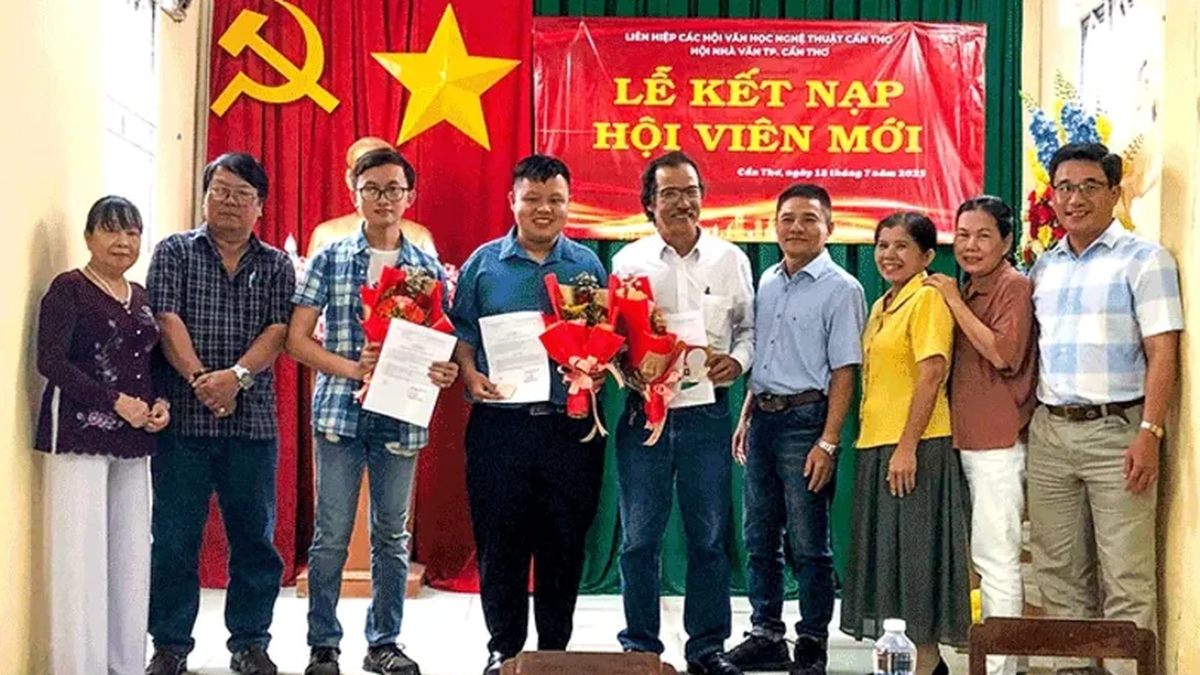
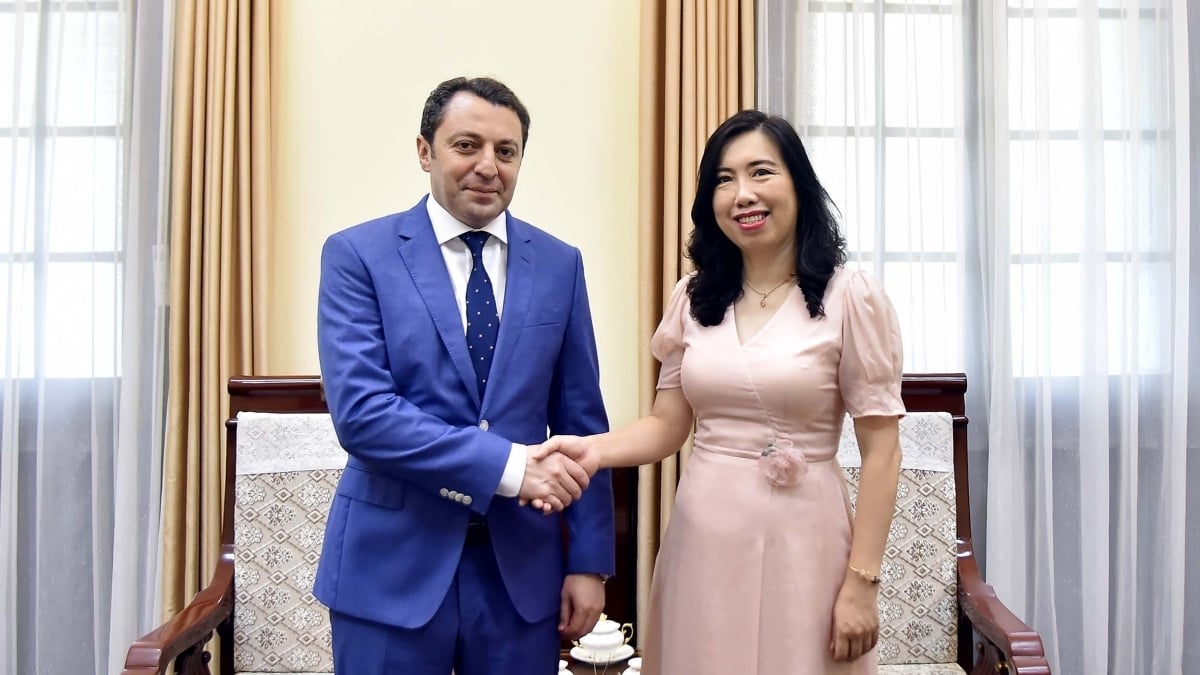

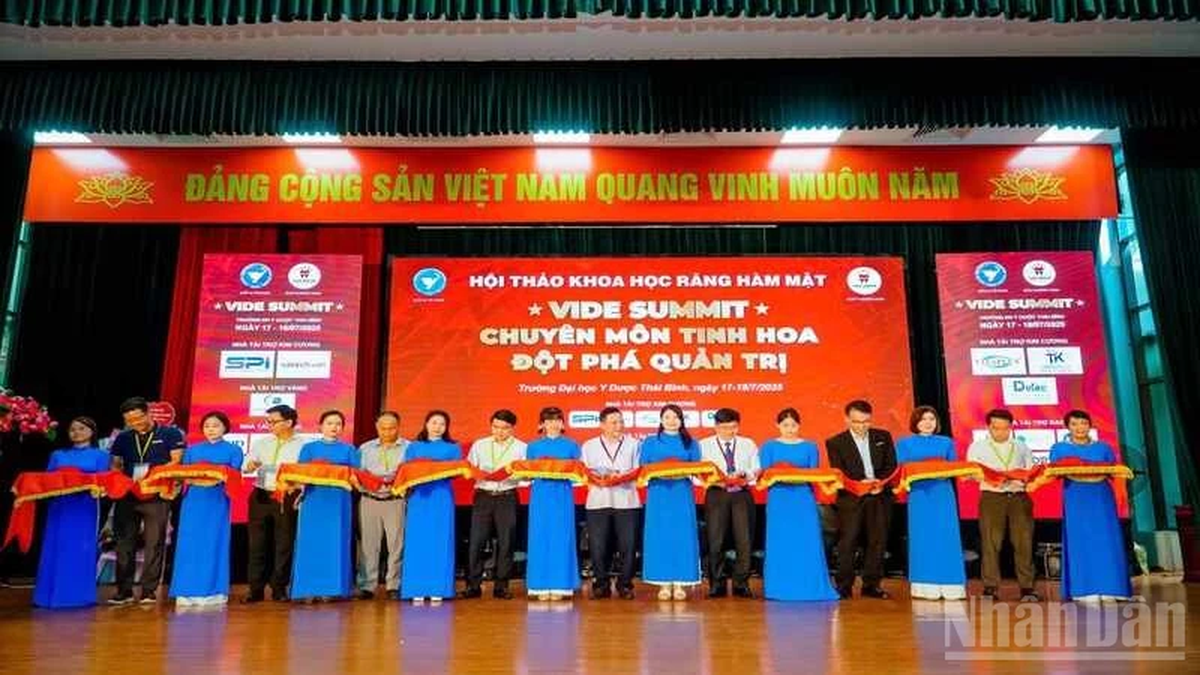
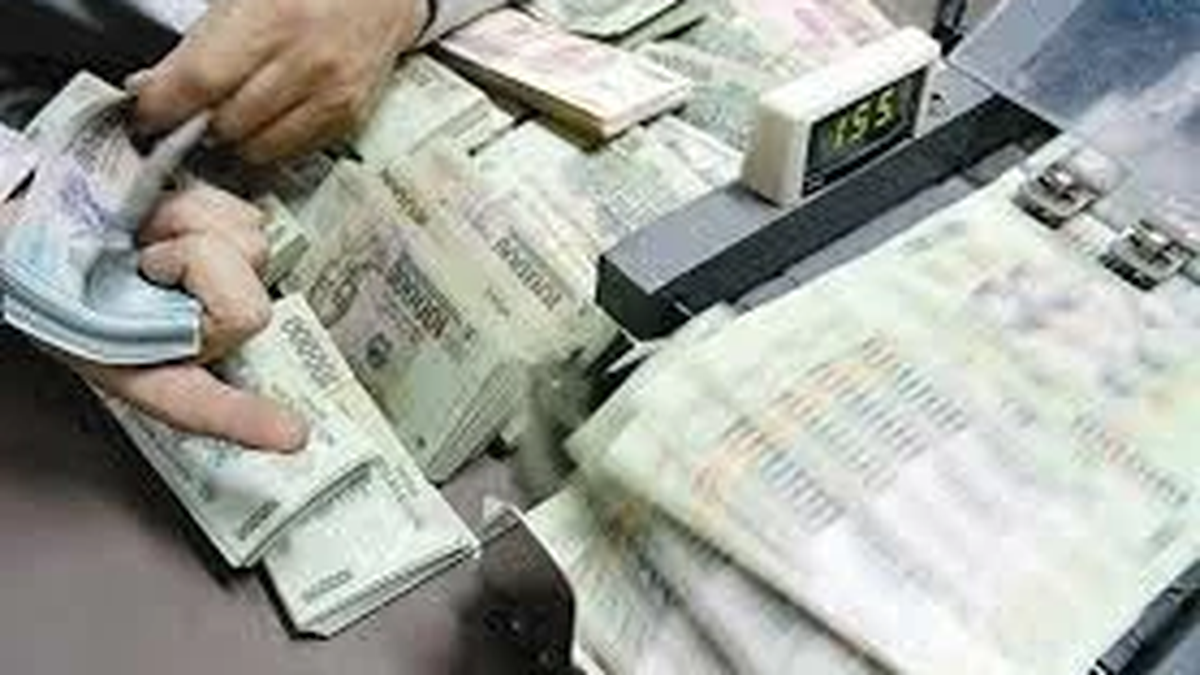


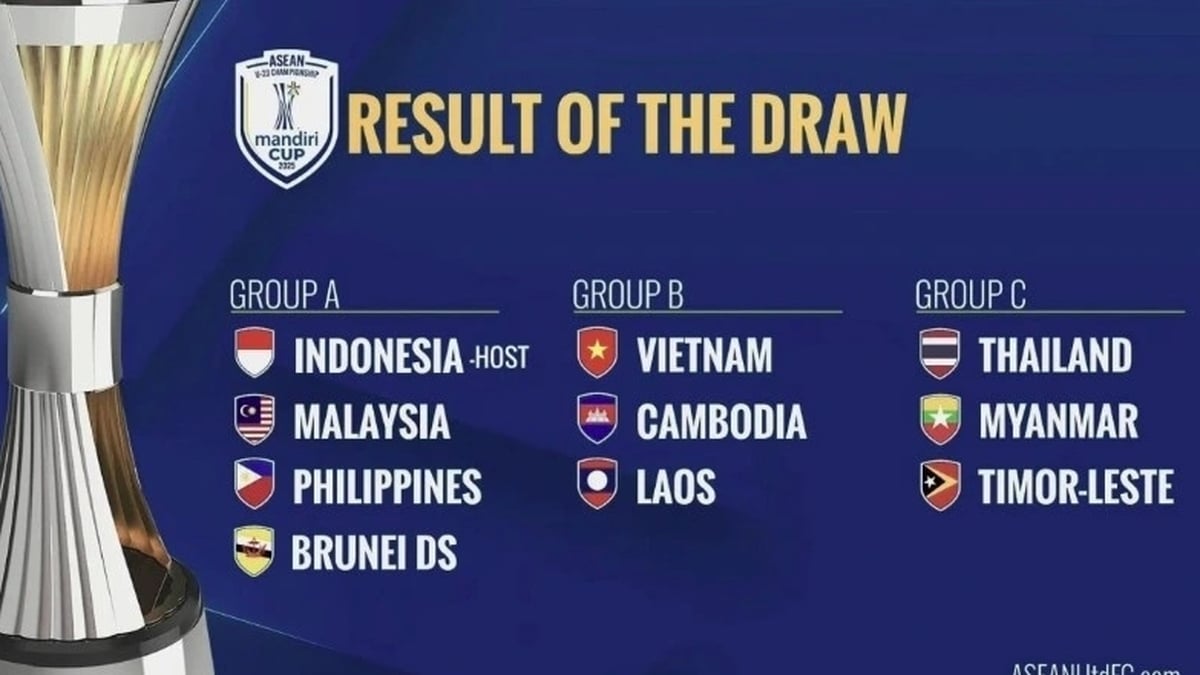
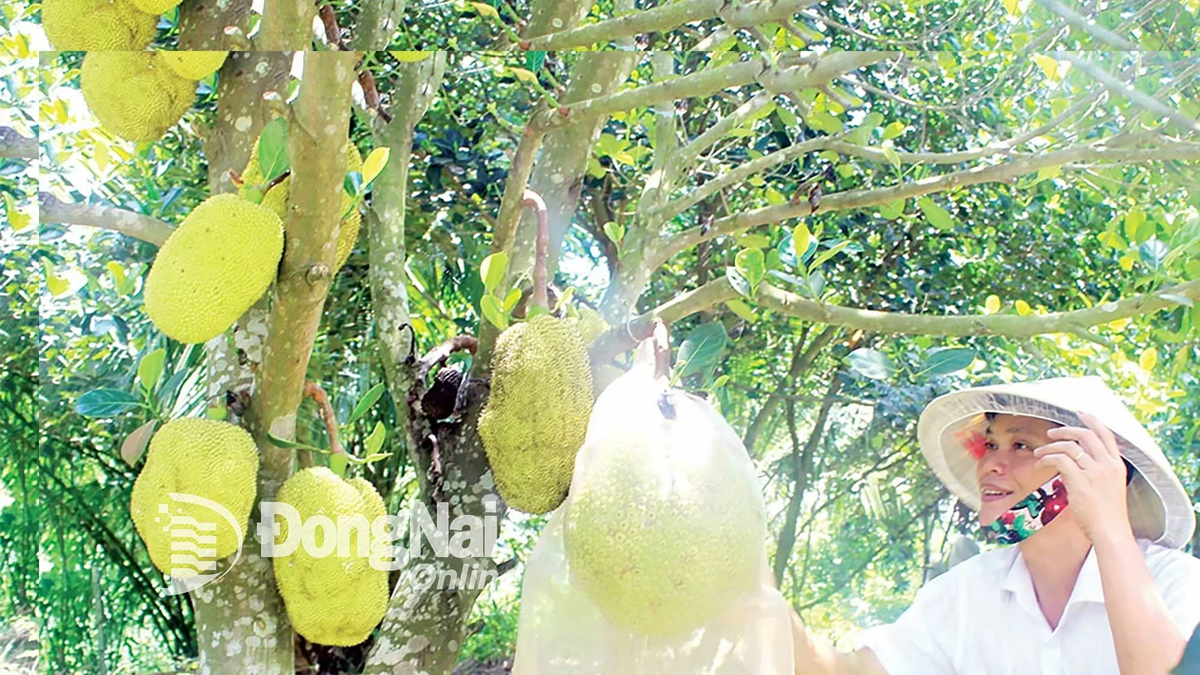














































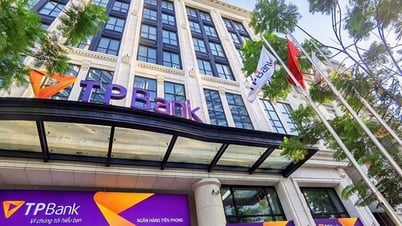

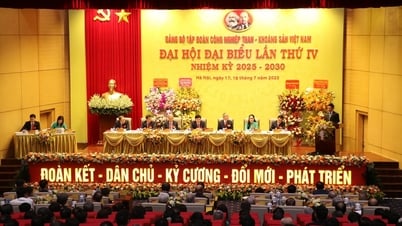
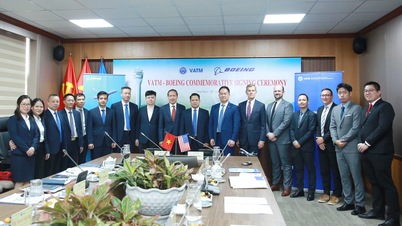




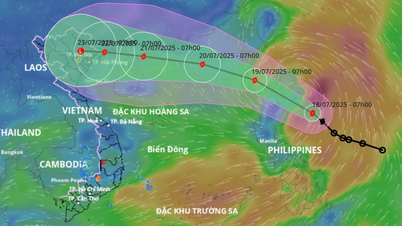
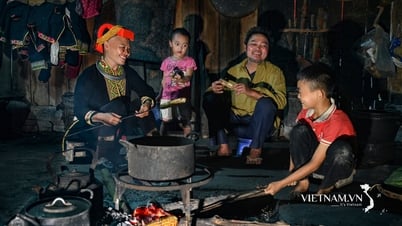


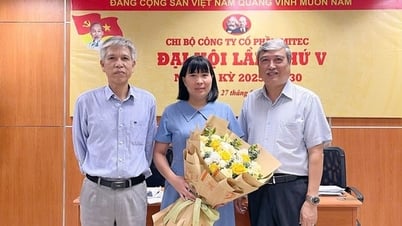


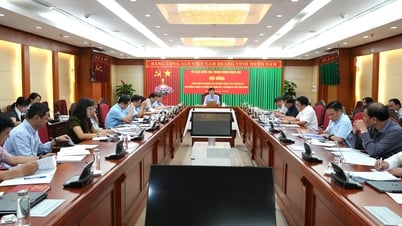



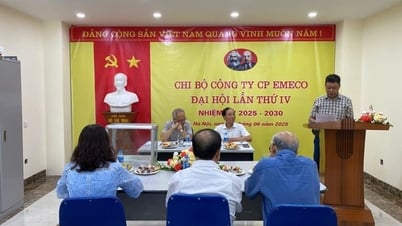
















![[Infographic] In 2025, 47 products will achieve national OCOP](https://vphoto.vietnam.vn/thumb/402x226/vietnam/resource/IMAGE/2025/7/16/5d672398b0744db3ab920e05db8e5b7d)





Comment (0)